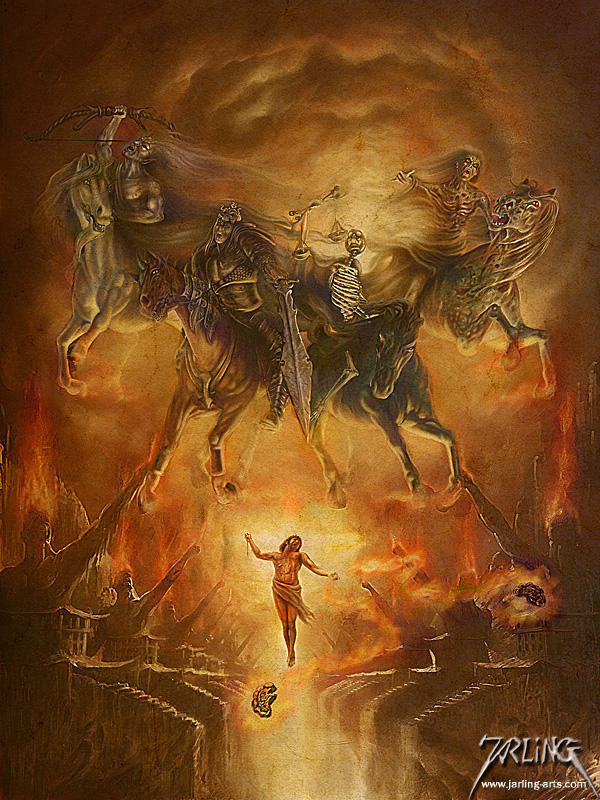THE BEST OF REST
The hurly–burly wind
That passed by yesterday
Is down the drain
In nothing flat,
A new stripe of book will flicker
Like a virginal carbon-paper
Awaiting to be stricken
In spiffy smirch of streak
That passed by yesterday
Is down the drain
In nothing flat,
A new stripe of book will flicker
Like a virginal carbon-paper
Awaiting to be stricken
In spiffy smirch of streak
The moment lapsed
And the night is at its lull
Copping some z’s
When drapery is drawn over the sun
As if to shoot the next scene of film
Is like snatching dreamer’s dainty dream
Grim reaper can pop up to snatch your consciousness
Or pop up when you are of grey age
And the night is at its lull
Copping some z’s
When drapery is drawn over the sun
As if to shoot the next scene of film
Is like snatching dreamer’s dainty dream
Grim reaper can pop up to snatch your consciousness
Or pop up when you are of grey age
No one knows
When it will wheel by
When it will take hold of you
When it will thwack
At the door of your ticker
When it will wheel by
When it will take hold of you
When it will thwack
At the door of your ticker
Grim reaper is that film shot
With characters unidentified
Location not really allocated
Grim reaper is that second coming of Messiah:
Demise is the emblem of life.
With characters unidentified
Location not really allocated
Grim reaper is that second coming of Messiah:
Demise is the emblem of life.
To them
That cannot say yes
To the cat-o'-nine-tails of life;
The best of repose has punched the clock
Sweetest of rest it is.
That cannot say yes
To the cat-o'-nine-tails of life;
The best of repose has punched the clock
Sweetest of rest it is.

The Four Horsemen -- Uwe Jarling
On 15 June 1852 Henry David Thoreau wrote in his journal, "This melting weather makes a stage in the year. The crickets creak louder and more steadily; the bull-frogs croak in earnest. The drought begins. The dry z-ing of the locust is heard.” This is apparently the 1st time Z was used to describe a buzzing noise. But the 1st to use z's to indicate snoring was Rudolph Dirks. Born in Germany, his family moved to Chicago when he was 8. On 12 December 1897, when he was 20, his Sunday comic strip, "The Katzenjammer Kids," made its 1st appearance; the strip was the 1st to regularly express dialogue via the use of speech balloons and to popularize pictorial conventions such as speed lines, seeing stars for pain, and also sawing wood for snoring. ("Katzenjammer" is akin to "caterwaul," the wailing of cats, but was a German idiom for hangover or contrition after a failed endeavor; the cartoon invariably featured the Kids, Hans and Fritz, pulling some sort of prank on one of the adults, resulting in their being spanked in the last panel.) On 2 August 1903 the Kids trimmed der Captain's beard with a lawn mower and then cutting his hammock's ropes. The snores of the sleeping Captain were represented by zzz's. Esrlier cartoonists had used stars, musical notes, or letter combinations such as "ur-r-r-awk" to indicate snores. The innovation was not yet fixed, however; for instance, on 17 November 1907 in "The Fineheimer Twins," an imitative strip by H. H. Knerr, a peg-legged man's snores were indicated with "z-z-z" but also "g-r-r-k-k-k-k," and "z-z-zc-r-r-k-k-k-k" before a fishbowl was upended on his head; and even Dirks had not entirely settled the matter: on 16 February 1913 der Captain generated "b-z-z-z" as well as "z-z-z" until the Kids opened the door and knocked his rocking chair over. (Germans use “chrrr,” the French “rrroooo,” “rrr,” “roon,” or “ron,” the Japanese use characters that sound like “guu guu,” the Mandarin Chinese “hu lu,” and the Finns “kroohpyyh.”) In 1912, Dirks requested a year's leave to tour Europe with his wife, but the Hearst newspaper syndicate refused; Dirks' last "Kids" strip appeared on 16 March 1913, and Knerr permanently took over in the summer of 1914. Federal courts ruled that Hearst owned the rights to the strip's title but that Dirks right the right to the characters. Dirks then launched "Hans und Fritz" for the rival newspaper chain owned by Joseph Pulitzer. Due to anti-German sentiment during World War I the name was changed to "The Captain and the Kids" in 1918. "The Katzenjammer Kids" became "The Shenanigan Kids," and the characters became Dutch rather than German, but the original name and and contents were restored in 1920. Knerr drew the strip until his death in 1949, followed by Charles H. "Doc" Winner and then, in 1956, by Joe Musial for 2 decades, then by Mike Senich (1976–81), Angelo DeCesare (1981–86), and Hy Eisman (1986–2006). Dirks continued doing "The Captain and the Kids" until his death in 1968, but his son John Dirks increasingly took over most of the work; its run finally ended in 1979.
ReplyDelete